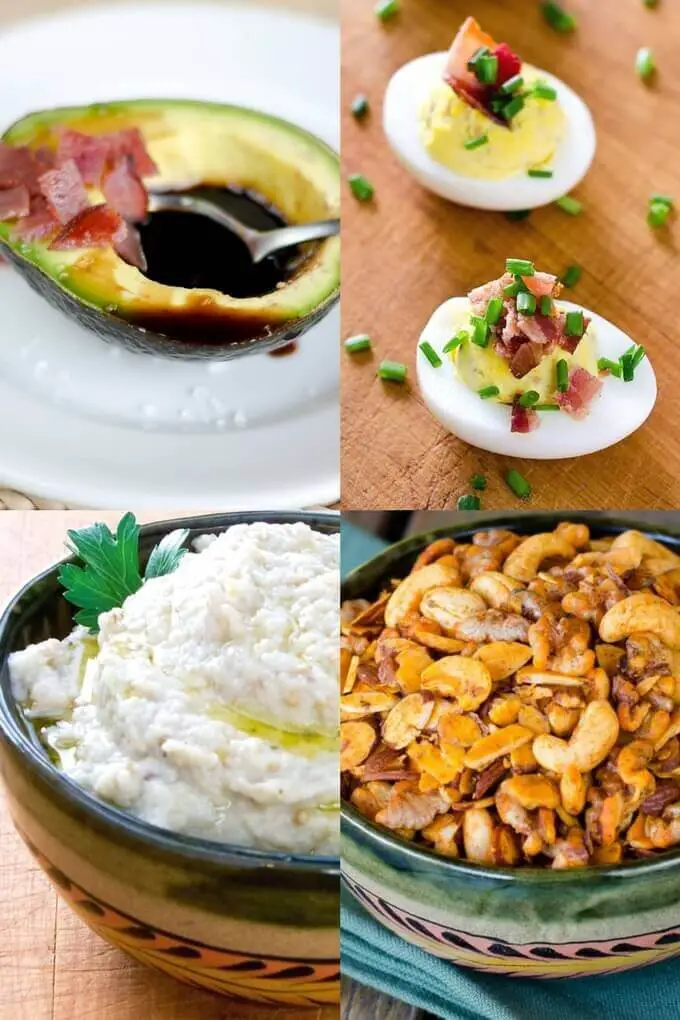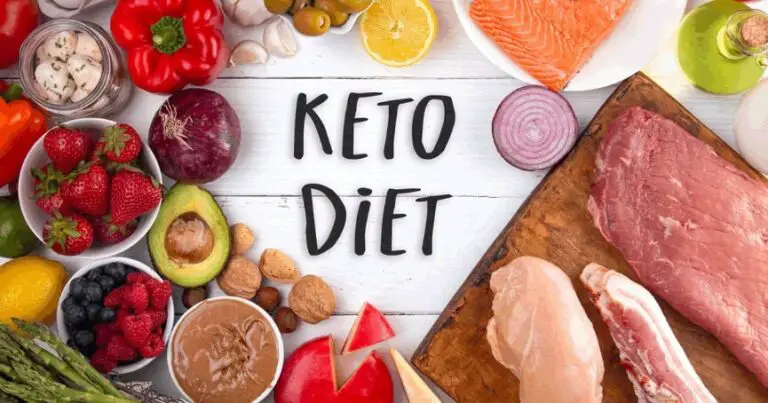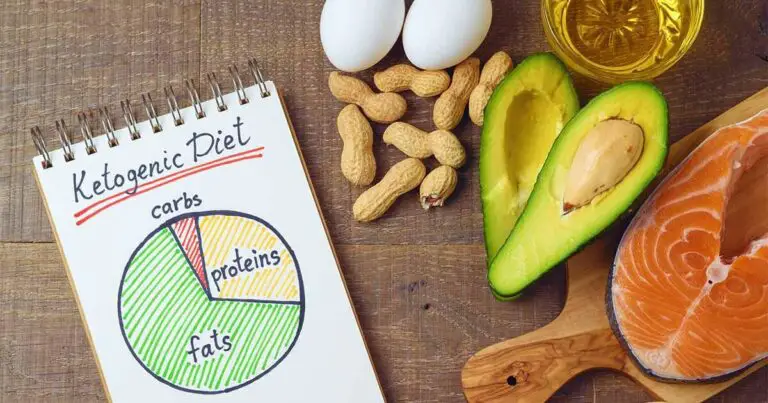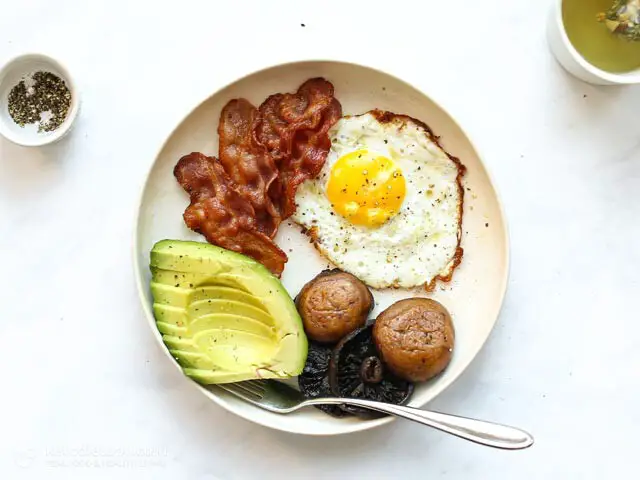Keto Snacks

One of the diet types we hear the most today is the ketogenic diet, also known as the keto diet. It has many known benefits. Although it is still being researched in the medical field, it is used in treatments. It has been revealed as a result of studies that it is beneficial in the treatment of epilepsy.
The ketogenic diet is mostly fat and protein-based. Carbohydrates are reduced and care is taken to consume small amounts at meals. It is applied in a controlled manner in a wide age range from children to adults. It is important to do it under the supervision of a dietitian or physician.
Contents
What is the Ketogenic Diet?
When it comes to ketogenic nutrition, reducing carbohydrate consumption should come to mind rather than eating less. In other words, the amount of carbohydrates entering the body from the outside is kept low. In this way, the body will no longer deal with carbohydrate burning. In a state called ketosis, our body spends its energy to burn fat.
There are different types of ketogenic diet. It takes names according to the content consumed during the diet and the duration of the diet. A high protein ketogenic diet, as the name suggests, consists of a protein-based diet at meals. Those interested in sports prefer the targeted ketogenic diet and the cyclical ketogenic diet. The reason is that it focuses on improving the body.
Ketogenic Nutrition Diets
Ketogenic menus include oils, proteins, spices, and nuts with high fat content.
The foods available in this menu are:
Spices: Black pepper, thyme, salt, rosemary, chili flakes, allspice, ginger, turmeric, cumin, coriander, etc.
Vegetables with low carbohydrate content: Tomato, onion, pepper types, eggplant, zucchini, cabbage, leek, lettuce, parsley, green onion, mint, arugula, cress, etc.
Types of meat: Chicken, turkey, fish, red meat.
Seed ingredients and dried nuts: Walnuts, almonds, hazelnuts, pumpkin seeds, cashews, dried fruits.
Fruits: Avocado, guacamole, etc.
Cheese: Kashar, feta cheese, local cheeses, cottage cheese, tulum, curd, halloumi, string cheese, ball cheese, etc.
Considerations During the Ketogenic Diet
There are some things that should not be eaten in the ketogenic diet. Especially legumes should be consumed less because of their carbohydrate density. As it is known, the intake of carbohydrates in the ketogenic diet is so low that it can be said that there is no sugar. Packaged foods containing sugar, even foods called diets, are among the ones to be avoided.
Vegetables with high starch and carbohydrate value such as potatoes, carrots and celery are not included in this diet. The duration of this diet is also important. In order to avoid keto allergy, it is necessary to adjust the start and end times of the diet well. For this, it must be done under the supervision of a dietitian.
Benefits of the Ketogenic Diet
The benefits of the ketogenic diet include effects such as rapid weight loss and fat burning. It is known that those who have cholesterol problems will benefit. It is known that diseases such as epilepsy, cancer and Parkinson’s are regressed thanks to this diet.
It eliminates menstrual irregularity of women with polycystic ovary syndrome. It will facilitate the work of those who are interested in sports and those who want to build a body. As a result of damage such as injury, thanks to this diet, the body will recover faster.



